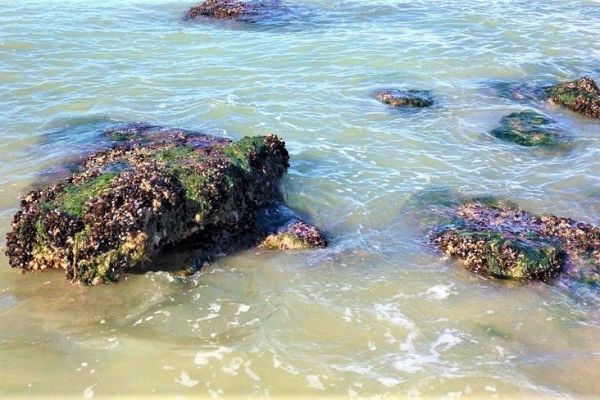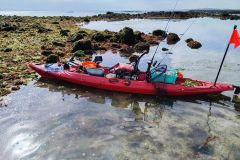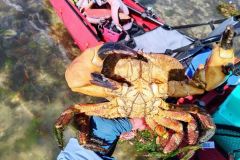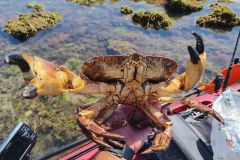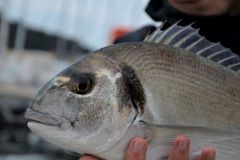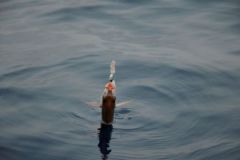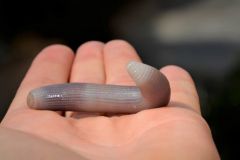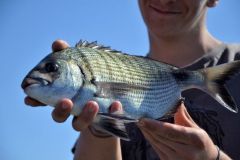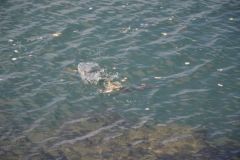The mussel, an amazing shellfish
The mussel breathes and feeds by filtering the water, feeding on tiny particles. At low tide, the mussel closes its two valves to conserve water and avoid drying out. Sheltered in its shell and firmly attached to its rocky outcrop, predators that can eat it are rare, but some regulars of low tide have more than one trick up their sleeve to make it let go.

Rapid growth
As for most species, the mussel reproduces between males and females, the larva starts its life floating and joins the plankton. One month later, it measures only half a millimeter, but already has the shape of the adult mussel that we know. It is at this time that it chooses its piece of rock where it will spend the rest of its life.
In order for the mussel to reach the legal size of four centimeters and to have reproduced sufficiently to sustain the deposit, it must grow for one and a half to two years.
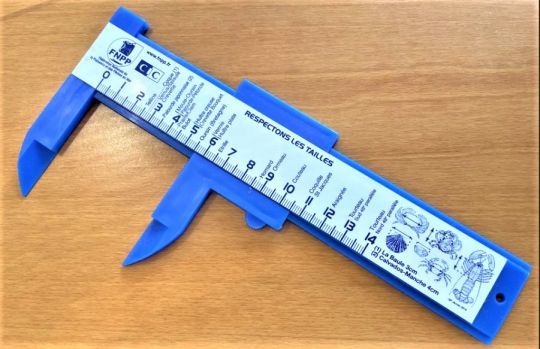
Staying in line and preserving resources
Fishing on foot is above all a leisure activity, a good time to spend alone, with friends or family. In the right season, mussels attract a good number of fishermen, but be careful to respect the right rules, the right practices and to use the right tools. To adopt this, first use a small sizing ruler to collect and fish mussels that have the regulatory size. Beyond 4 cm, you can take them and put them in your bucket.
Mussel fishing is a real harvest, but be careful not to exceed the authorized quota of 5 kg of shellfish per person and per trip, all species included.
It is forbidden to collect them in ports and channels and within 25 meters of marine culture concessions. It is also strictly forbidden to sell fishing products.
Choose the most beautiful mussels
In order to select the most beautiful specimens, some fishermen take out an utensil of their kitchen, the spoon. We select the good mussels and we cut them with the lobe of the spoon. This voluntary practice allows us to avoid tearing off all the mussels. The spoon is the ideal tool to avoid tearing off the smallest mussels, it is also the only authorized tool. Forget about scrapers or other tools, in order not to damage the environment for future fishing and especially to be in order.
Even if the mussels should be sorted and released directly where they were caught, it is still ideal to avoid unhooking those that are not yet sized, as they have difficulty hanging on and may die prematurely. If the mussel doesn't have time to hang on before the sea rises, it will be very lucky if it doesn't get swept away from its colony, where there are no rocks.
By respecting good fishing practices, anglers preserve the resource and the marine environment. In this way, they help to ensure that the pleasure of fishing on foot remains accessible to everyone for a long time to come.
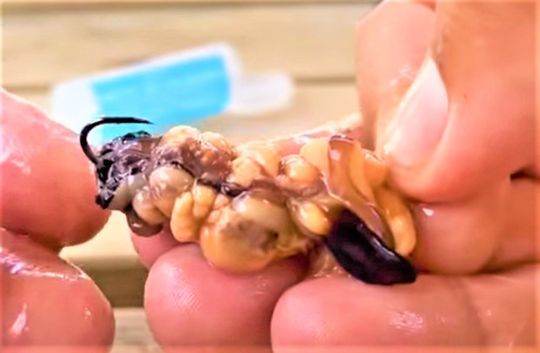
To taste or in bait
The mussel is excellent to enjoy with family or friends, in salads, mouclade and other recipes.
It is also a first class bait that will seduce many fish. Very appreciated by the sparids, the mussel will also seduce the pouts, the whiting, the bass, the mullet, but also all the rock fish.
Whole or shelled, the mussel remains a fragile bait that must either be salted to firm up the pulpits or sausaged with elastic thread to keep it on the hook.
Before fishing, find out about the tide times and the health of the area.

 /
/ 